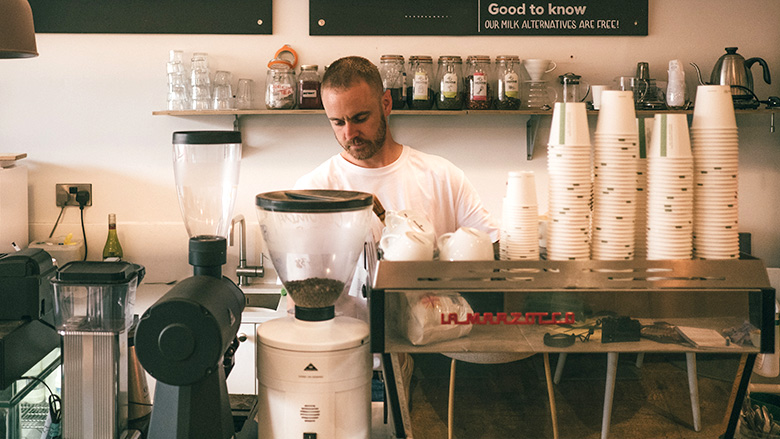“That idyllic scenario, however, has not materialised and the economy has hit a major pothole before we’ve reached the vaccine finish line.”
As a result of the latest COVID outbreak, especially in New South Wales, CBA’s economists have updated some of their economic forecasts. Most specifically, Mr Aird said he now expects the Reserve Bank to commence normalising the cash rate in May 2023, slightly later than the previous prediction of November 2022.
“Our call for the RBA to commence normalising the cash rate from November 2022 was predicated on the assumption that any outbreaks of COVID-19 were traced and well contained, and significant restrictions were not reimposed for an extended period. That assumption of course has not transpired,” Mr Aird said.
“The negative shock to the economy, particularly the labour market, over the next few months will mean that it takes a little longer for wages pressures to fully emerge. There is still likely to be pockets of wages growth, but the big shock to the NSW labour market will have an impact on national outcomes. We have downwardly revised our forecast profile for wages growth and now look for wages growth to be 2.7 per cent at year end 2022 (vs 2.9 per cent previously). This means that a tightening cycle is unlikely to commence until 2023.”
Mr Aird also expects Australia’s GDP to contract by 2.7 per cent in Q3 21, however, outcomes across the country are expected to vary greatly.
“The Australian economy will become two-speed. The NSW economy will contract heavily over Q3 21 as restrictions to limit the spread of the virus reduce the production of goods and services. In contrast, the rest of Australia is likely to expand modestly, subject of course to any further COVID-related distributions,” he said.
Greater Sydney’s lockdown is also expected to significantly impact employment, with an expected fall in employment of approximately 300,000 in NSW.
“On our calculations the unemployment will peak at 5.6 per cent in October. The improvement in the labour market towards the end of the December quarter sees the unemployment rate at 5.2 per cent at end-2021,” Mr Aird said.
Looking ahead and despite the negative setback associated with the latest COVID outbreak, Mr Aird said strong economic outcomes through the first half of 2021 (when COVID-related disruptions were pretty minimal) provided some insight into what can be expected from 2022.
“It is our expectation that 2022 will be an incredibly good year for the Australian economy - provided the successful rollout of the vaccine means that COVID-19 restrictions are no longer imposed on the domestic economy.”
Click here for the full report.




